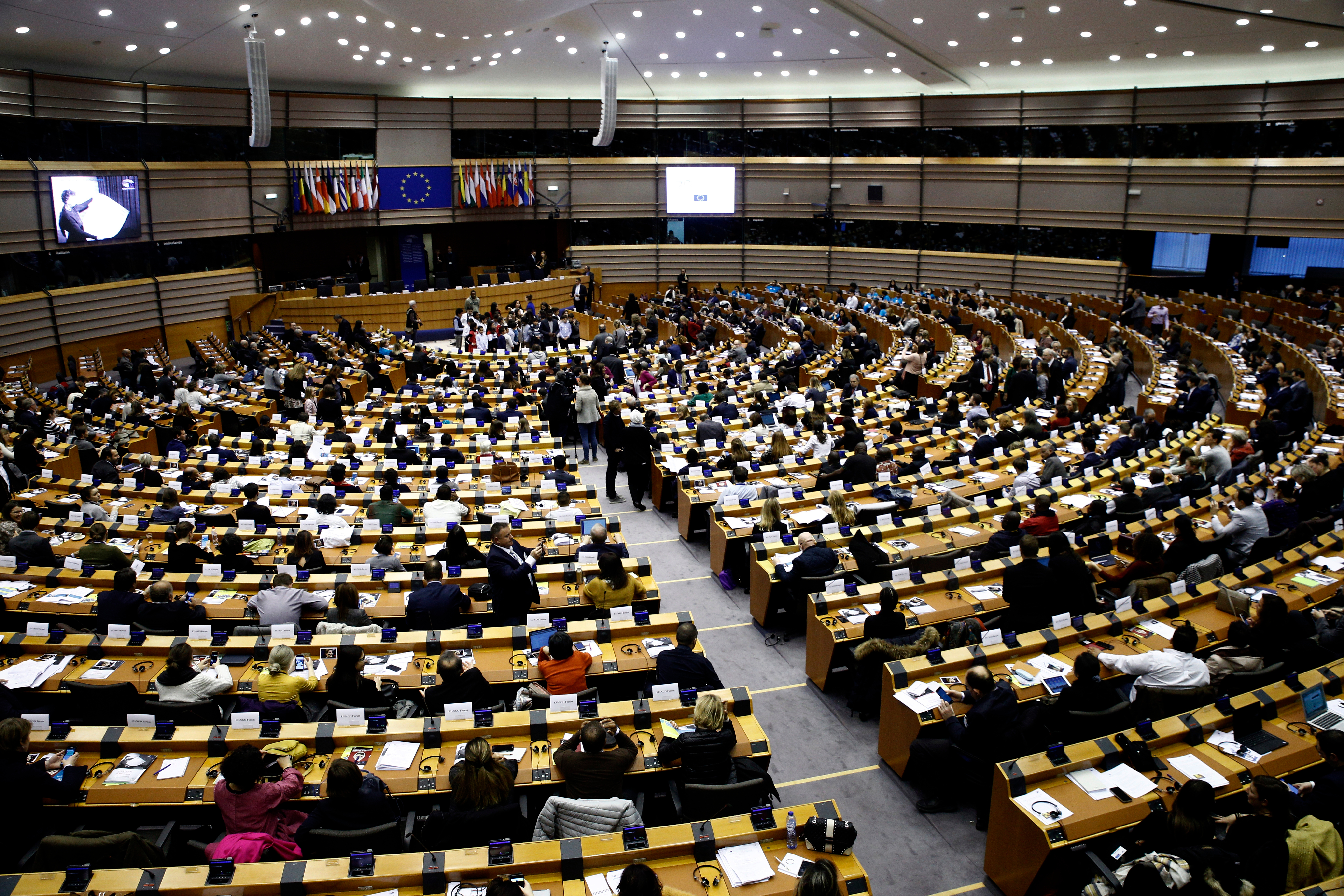Dark pools and the push for transparency
by Conor Brennan on 14 Jul 2014
Goldman Sachs received an $800,000 fine from US regulators a fortnight ago for failing to meet the guidelines for trading within a private forum. Private trading platforms, commonly known as dark pools, now account for 15% of all US trading over 40 closed exchanges. Regulators are beginning to take note and see how they can limit the risk involved.
Dark pools are private forums for trading of securities over electronic platforms, which are not exposed to the scrutiny or transparency of public exchanges. Commentators have reported that there remains too much anonymity within these trades. This anonymity, they argue, may be part of the allure for investment banks, but in turn they bring risks of a different nature. Regular traders do not know the quantity of these trades before they are executed and thus are at a disadvantage to certain dark pool traders who may be privy to such information. Consequently, dark pool trades could potentially be exposed to manipulation of the market.
Recent events raise questions over private trading
The growth and risk of large-scale trading away from the public’s view has consequently resulted in regulators taking note. In the US, the Financial Industry Regulatory Authority (FINRA) has charged Goldman Sachs with offering an inferior price to the national best bid and offer. In all there were over 395,000 transactions executed by Sigma-X, which is Goldman Sachs’ dark pool.
FINRA is not the first to intervene in the practices of dark pools. Last month, the Securities and Exchange Commission (SEC) expressed concerns over the secrecy surrounding dark pools and vowed to take another look at the market structure. The SEC is seeking reassurance that investors are receiving the best deal. For this to be conclusive it is likely that dark pool platforms will need to divulge more information.
Also in the last month, New York Attorney General Eric Schneiderman announced a lawsuit against Barclays bank for securities fraud arising from the operation of its dark pool, and also aspects of its trading division. In a direct attack, Attorney General Schneiderman vowed to protect the investments of New Yorkers, by claiming that some aspects of dark pool trading were “predatory, toxic and aggressive.”
US regulation of dark pools: A false start
Interestingly, in 2009 the SEC proposed regulating the sector. The proposed regulation sought to increase pre-trade transparency and significantly reduce the threshold which triggers when transactions should be publicly displayed.
The draft resolution was largely supported by the industry but did not come to fruition. As is the complexity of certain elements of dark pools, it is believed that the regulation would have been ineffectual in shedding light on elements of trades within private forums. Specific regulation for dark pools has still not been adopted and regulation surrounding false marketing is how New York State regulators have charged Barclays’ actions in 2011.
Evolving regulation in European markets
Although a number of these developments are taking place in the US, European banks have also embraced dark pool trading and EU regulators are raising concerns.
The Markets in Financial Instruments Directive (MiFID), implemented in 2007, allowed for waivers in pre-trade transparency in equity markets. However, MiFID has been revisited post the financial crisis, and last month the EU adopted MiFID 2, which gave clear guidance on and capped dark pools. The caps allow for 4% of trading in a single stock to take place on any one dark pool, and for 8% of total trading in an individual stock to take place across all dark pools in the EU.
MiFID 2 will lead to greater transparency of dark pools in the EU. There is now a 4% cap on the amount of trading in a stock that can be carried out in a single dark pool. There is also an 8% cap on the amount of trading in a stock that can be traded across all dark pools.
These are quite restrictive caps for dark pool exchanges and concerns are already being raised by the industry. The first concern relates to where responsibility lies – who will enforce the legislation and who is responsible for ensuring the cap is not breached? These are questions that the European Securities and Markets Authority (ESMA) is tasked with clarifying over the coming months. Since the publication of MiFID 2, ESMA has allowed a period for representations from interested parties to be made regarding the technical standards of the regulation.
Finally, the industry has also raised concerns over the economic effects of the new regulation, claiming it will lead to a decline in liquidity across European markets. This in turn will adversely affect small and mid-sized stocks.
A bright future ahead for dark pools?
The fine imposed on Goldman Sachs and the charges levelled at Barclays have opened the door for further investigations into back-dated dark pool trading. It has also given regulators across the globe a precedent to push for further pre-trade transparency, eroding the primary reason why dark pool trading became a lucrative activity in the first place. Not helped by the terminology, dark pools have received notoriety for predatory activity. The industry is beginning to recognise this and is starting to act. Some exchanges are already voluntarily divulging more information around trades.
Dark pools look set to continue to grow, despite the external pressure to change the model of trading securities. European exchanges continue to adopt MiFID 2 and have two years to assimilate the regulation into their company model. The regulation is likely to restrict the possibilities of dark pool trading, but not halt the practice. In the US, Barclays may not be the last individual case of fraud, but it remains to be seen if the SEC will revisit the regulation they muted in 2009.
In the meantime, dark pools will provide an alternative way for banks to trade. If they take the initiative and work with regulators over transparency and investor protection, the future remains bright.
Topics: European Politics, UK politics, International politics, Financial Services Regulation, UK business

Written by Conor Brennan
Conor is an experienced consultant who advises clients in the data economy, insur-tech, and energy sectors.







Comments